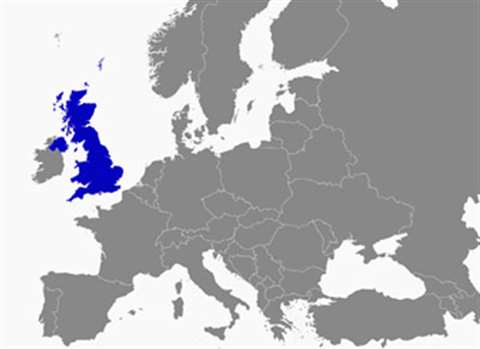Bounce back for UK construction
06 June 2017

The latest IHS Markit/CIPS UK Construction Purchasing Managers’ Index (PMI) has shown that growth in the UK construction sector reached a 17-month high in May 2017, with an index figure of 56.0 – up sharply from 53.1 in the April survey.
Although it was still significantly below the post-crisis peak of 64.6, seen in January 2014, Mark Robinson, chief executive of the public sector-owned built environment specialist Scape Group, said, “Today’s unexpected bounce back in construction growth is telling, as it suggests the sector could be growing immune to the political turmoil that has plagued British industry in the last year.”
He added, “This confidence is likely to have been bolstered by commitments from all of the major parties on housebuilding, the northern powerhouse and strong infrastructure pipelines.”
The driving force behind this upturn in May appears to have been house building, which experienced its fastest rise since the end of 2015. Survey respondents cited a strong pipeline of new development projects and resilient underlying demand conditions.
Tim Moore, senior economist at IHS Markit and author of the Markit/CIPS Construction PMI, said, “Strong labour market conditions, resilient demand and ultra-low mortgage rates appear to have helped boost work on residential development projects in May.”
Although residential work replaced civil engineering as the best-performing category, solid rises were still reported in both civil engineering and commercial building. And while commercial development remained the weakest-performing sub-category, it experienced the fastest rise in activity that it has done since March 2015.
The survey also revealed a sustained recovery in new work, following a soft patch seen during the first quarter of 2017. Indeed, the rate of expansion was the fastest seen so far in 2017.
The increased workloads encouraged greater staff recruitment, with the rate of job creation accelerating for the second month running.
This was mirrored by an expansion of input buying across the sector at the steepest pace for 16 months.
Prices for imported materials continued to push input costs, but the overall rate of input price inflation eased further from its peak at the start of the year, moderating to a seven-month low. Some survey respondents noted that the peak phase of price hikes for imported materials had now passed.
With that said, heightened economic uncertainty has apparently continued to act as a brake on client spending.
As Duncan Brock, director of customer relationships at the Chartered Institute of Procurement & Supply, said, “Only time will tell whether we are witnessing a long awaited resurgence in housebuilding.”
